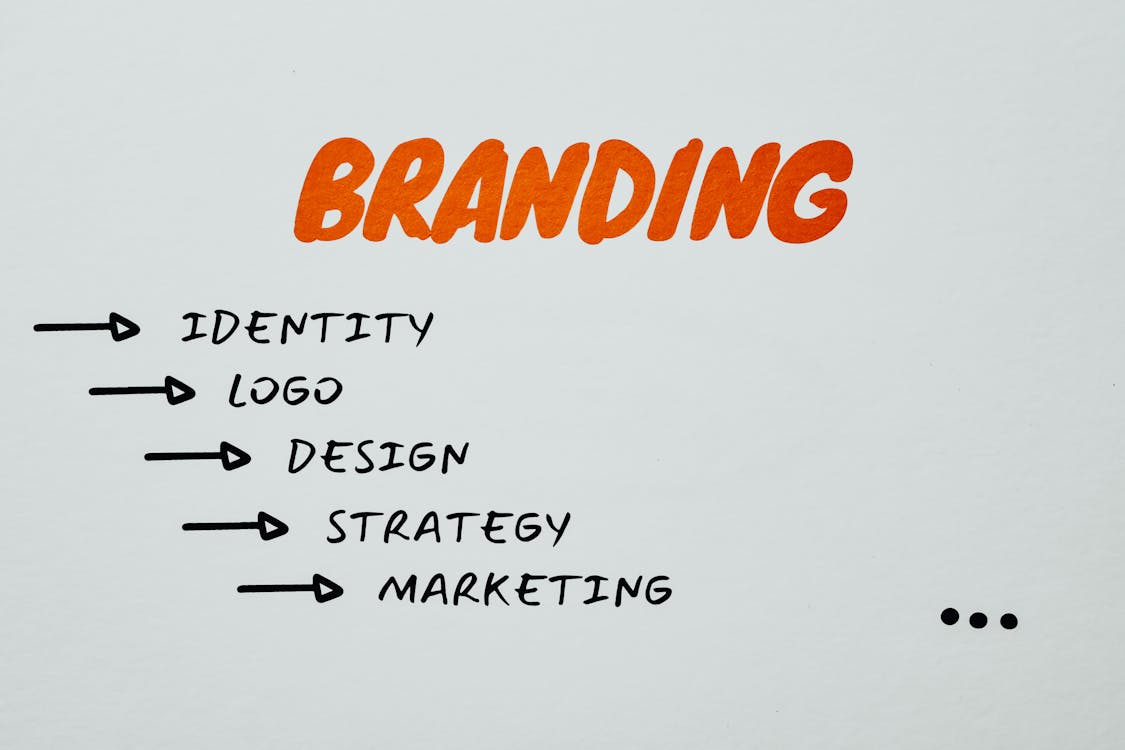Crafting a Powerful Personal Brand: Strategic Marketing Tips for Success
In today's competitive landscape, building a strong personal brand is crucial for standing out and making an impact. Whether you're an entrepreneur, freelancer, or professional aiming to climb the corporate ladder, your personal brand is your unique selling point. But how do you effectively build and market this brand? This guide will walk you through strategic marketing tips to craft a personal brand that resonates with your audience and achieves your goals.
Understanding the Importance of Personal Branding

Before diving into the strategies, it's essential to understand why personal branding is so important. Your personal brand is the image you project to the world, encompassing your values, skills, and personality. It influences how others perceive you and can open doors to new opportunities, whether in business, networking, or career advancement. A strong personal brand:
- Establishes Credibility: A well-crafted personal brand builds trust and credibility, making people more likely to engage with you.
- Creates Opportunities: From speaking engagements to job offers, a solid personal brand can attract various opportunities.
- Differentiates You from Competitors: In a crowded market, your personal brand sets you apart and highlights what makes you unique.
Step 1: Define Your Unique Value Proposition (UVP)
Your Unique Value Proposition (UVP) is the foundation of your personal brand. It answers the question, "What makes you different?" To define your UVP, consider the following:
- Identify Your Strengths: What are you exceptionally good at? What do others frequently compliment you on?
- Understand Your Audience: Who are you trying to reach? What problems can you solve for them?
- Align with Your Values: Ensure your UVP aligns with your core values, as authenticity is key to a successful personal brand.
Once you've identified these elements, craft a clear and concise statement that communicates your UVP.
Step 2: Build a Strong Online Presence
In today's digital age, your online presence is often the first impression people have of your personal brand. To build a strong online presence:
- Create a Professional Website: Your website is your digital home base. It should showcase your portfolio, accomplishments, and services. Ensure it reflects your brand’s personality and is easy to navigate.
- Optimize Your Social Media Profiles: Consistency is key. Ensure your social media profiles align with your personal brand in terms of visuals, messaging, and content. Platforms like LinkedIn, Twitter, and Instagram are powerful tools for personal branding.
Regularly Publish High-Quality Content: Content marketing is a powerful way to showcase your expertise. Blog posts, articles, and videos can position you as a thought leader in your industry. Focus on providing value to your audience rather than self-promotion.

Step 3: Network Strategically
Networking is an essential component of personal branding. Building relationships with industry peers, influencers, and potential clients can significantly enhance your brand's visibility. Here’s how to network effectively:
- Attend Industry Events: Conferences, workshops, and webinars are great places to meet like-minded professionals and learn from industry experts.
- Engage on Social Media: Don’t just post content—engage with others. Comment on posts, share relevant articles, and join discussions in your industry.
- Leverage LinkedIn: LinkedIn is a powerful platform for professional networking. Connect with industry leaders, join relevant groups, and participate in discussions.
Step 4: Consistency is Key
Consistency is crucial in personal branding. Whether it’s your content, messaging, or visual identity, maintaining a consistent brand across all platforms is essential. This consistency helps in:
- Reinforcing Your Brand Message: A consistent brand message ensures that your audience knows what to expect from you.
- Building Trust: Consistency builds trust, making people more likely to engage with your brand.
- Enhancing Brand Recognition: A consistent visual identity (logo, color scheme, fonts) enhances brand recognition across different platforms.
Step 5: Continuously Evolve Your Brand
Your personal brand is not static; it should evolve as you grow professionally. Regularly assess your brand to ensure it aligns with your current goals and market trends. Here’s how to keep your brand relevant:
- Seek Feedback: Regularly ask for feedback from peers, mentors, or your audience. This feedback can provide valuable insights into how your brand is perceived.
- Stay Updated on Industry Trends: The marketing landscape is constantly changing. Stay informed about new trends, tools, and strategies that can help you refine your brand.
- Reevaluate Your UVP: As you gain new skills and experiences, your UVP may need to be updated. Ensure it reflects your current strengths and goals.
Conclusion: The Power of a Strong Personal Brand

Building a strong personal brand through strategic marketing is a journey that requires time, effort, and consistency. By defining your Unique Value Proposition, establishing a robust online presence, networking strategically, maintaining consistency, and continuously evolving, you can craft a personal brand that sets you apart and opens doors to new opportunities.
A well-crafted personal brand is not just about self-promotion—it's about delivering value to your audience and establishing yourself as a credible, trustworthy, and influential figure in your industry.
References:
- Keller, K. L. (2013). Strategic Brand Management: Building, Measuring, and Managing Brand Equity. Pearson Education Limited.
- Montoya, P., & Vandehey, T. (2002). The Brand Called You: Make Your Business Stand Out in a Crowded Marketplace. McGraw-Hill Education.
- Schawbel, D. (2015). Promote Yourself: The New Rules for Career Success. St. Martin's Griffin.

 Cricket Score Counter
Cricket Score Counter Heads or Tails
Heads or Tails
You have not logged in, please Login to comment.